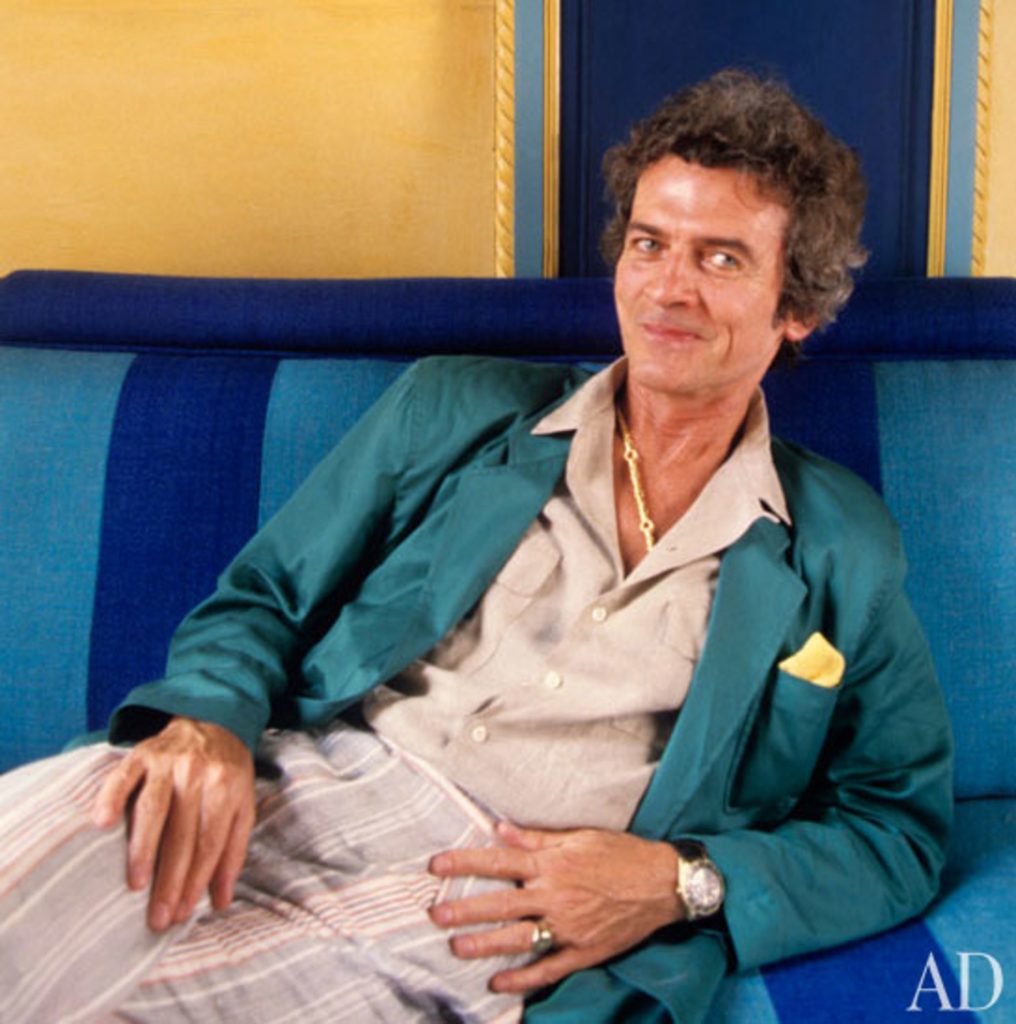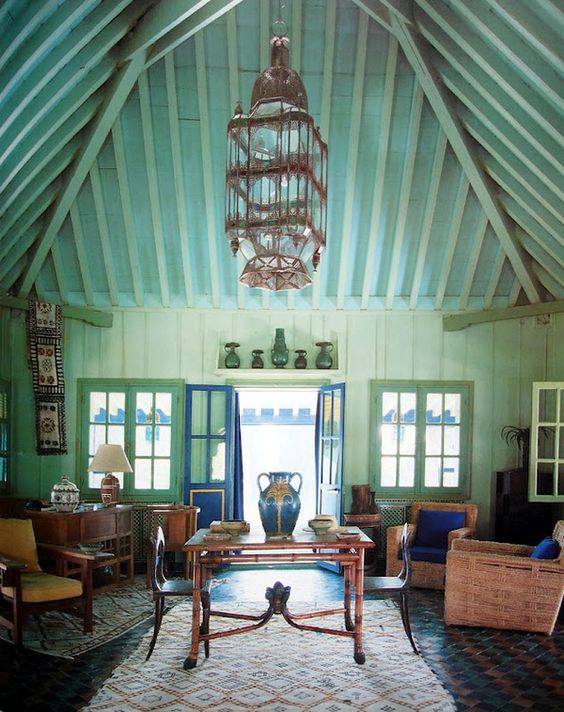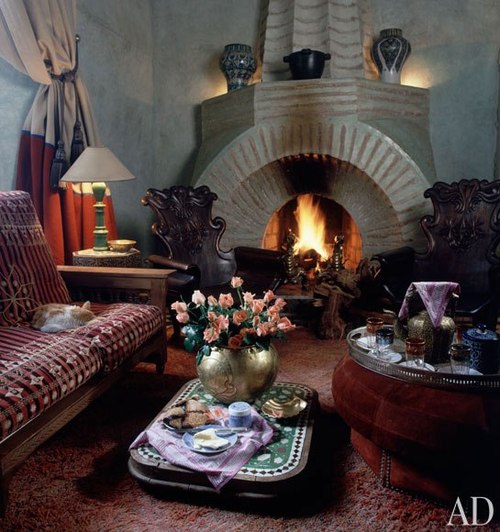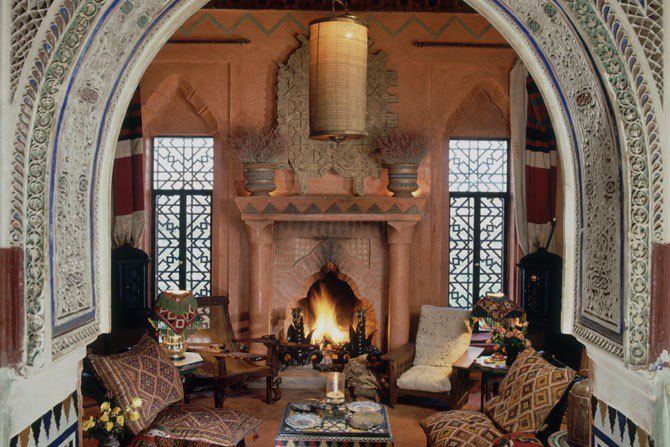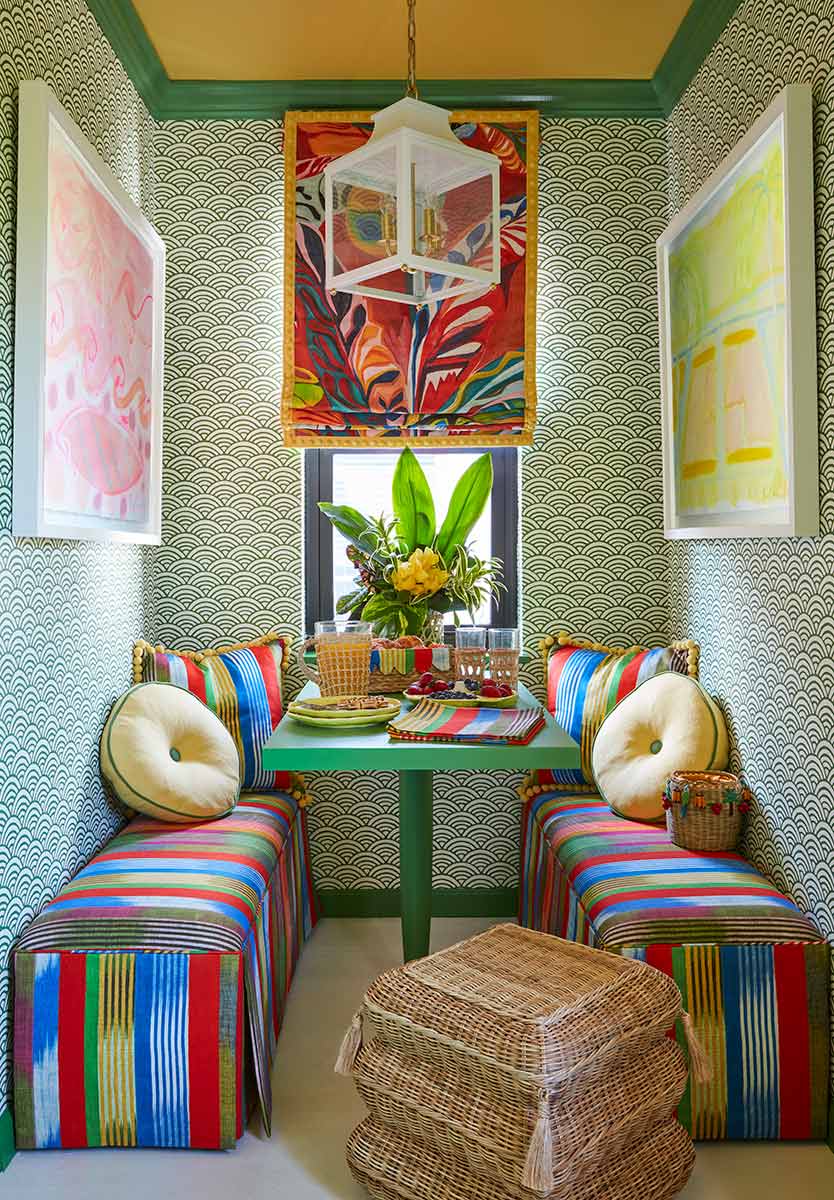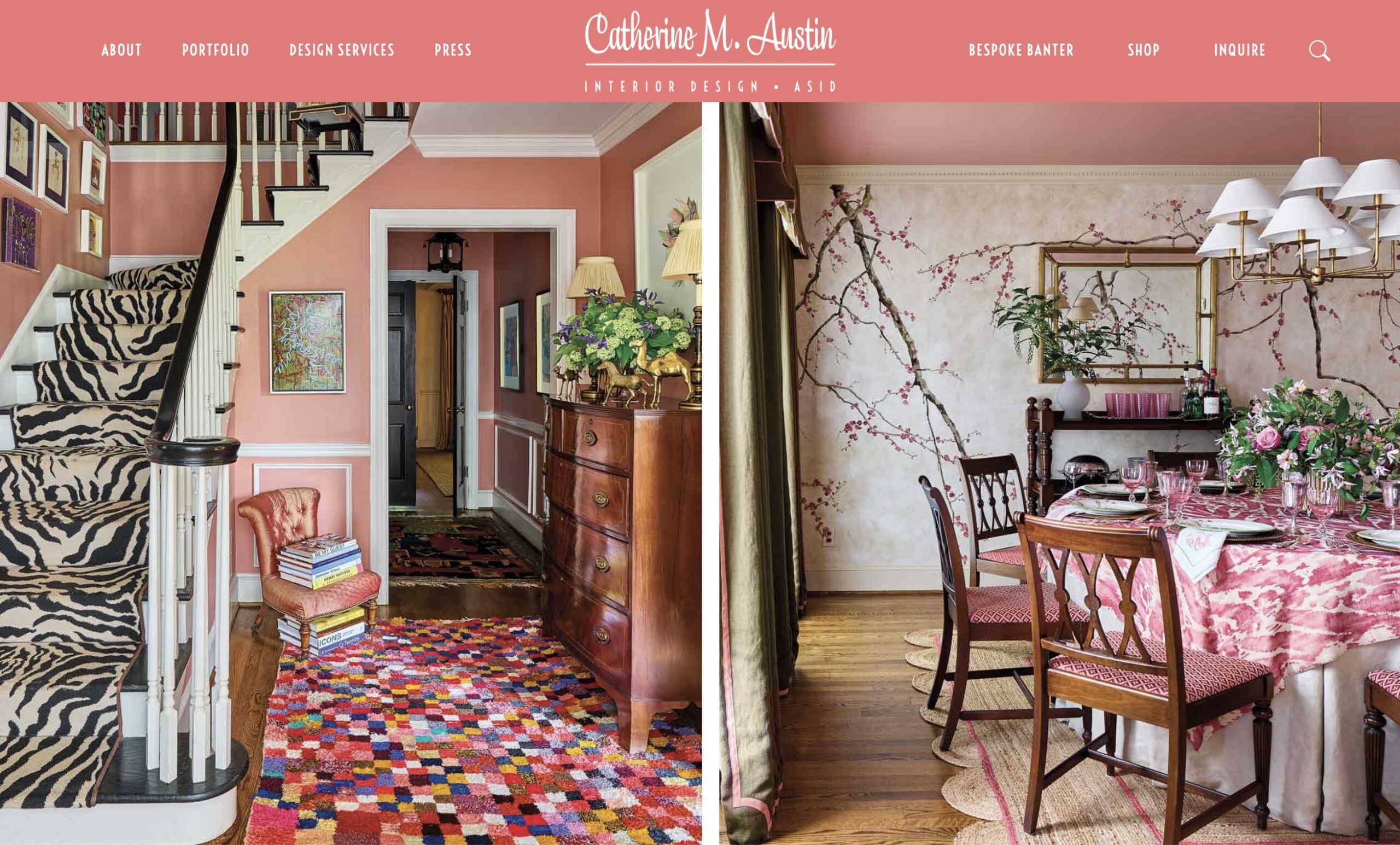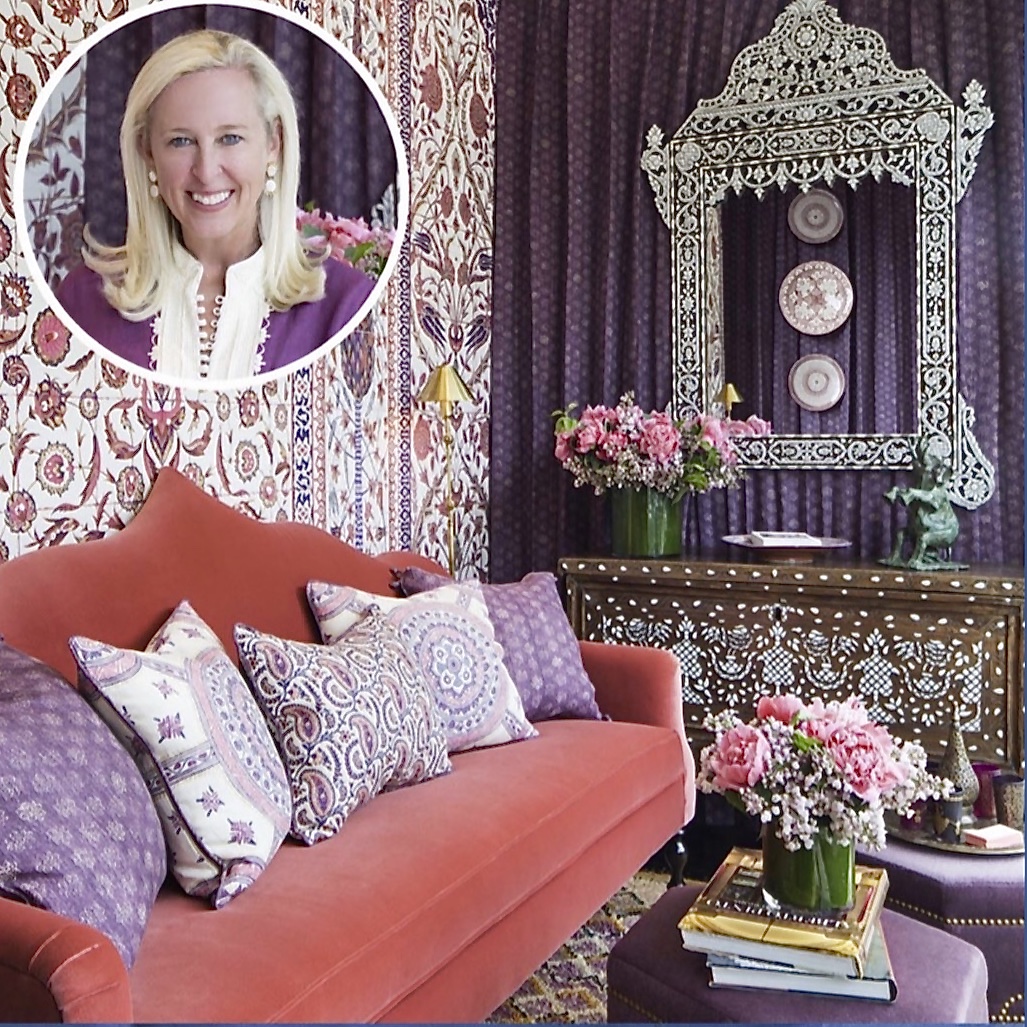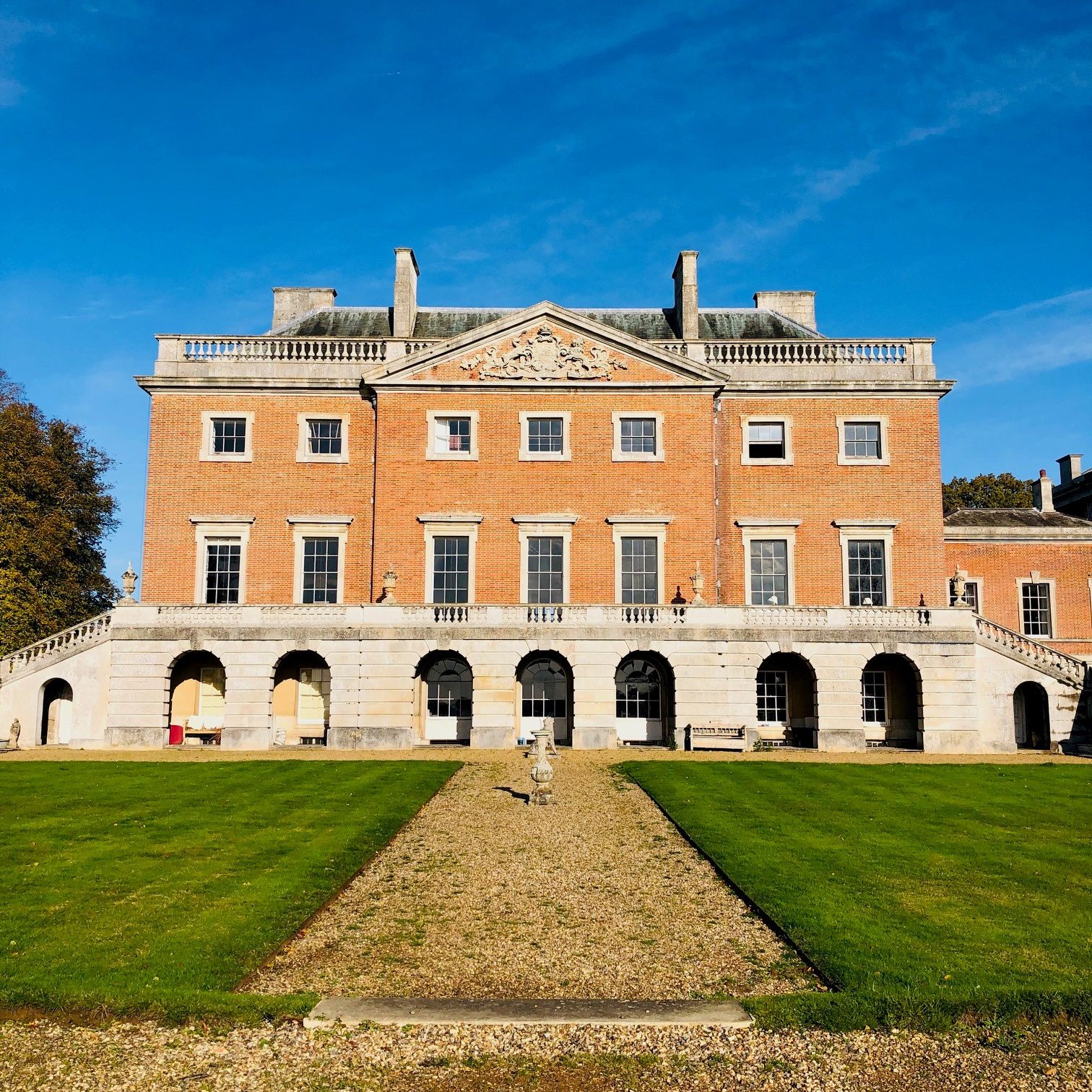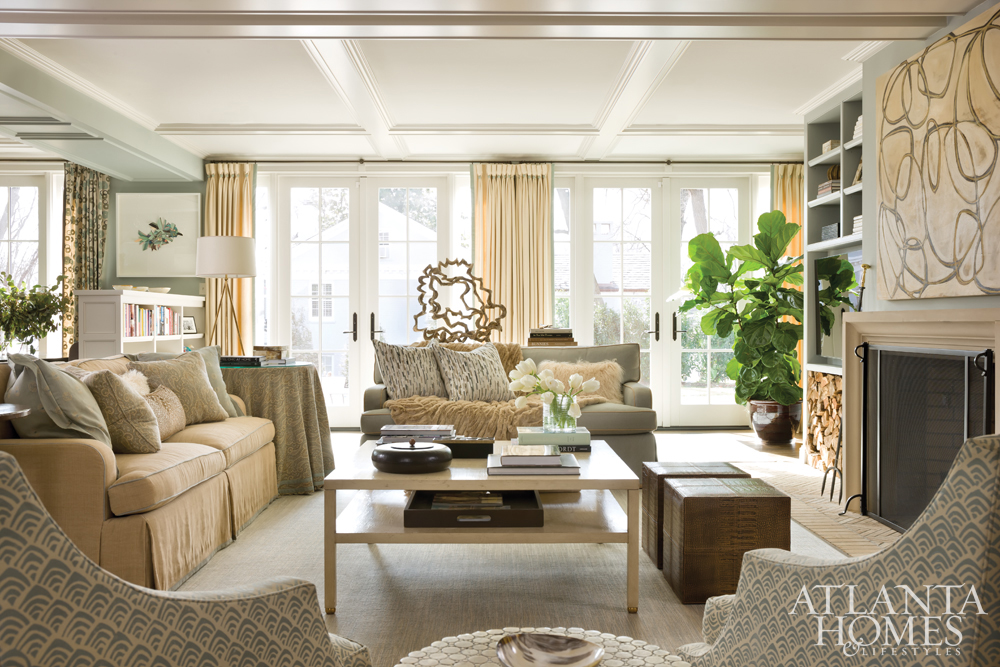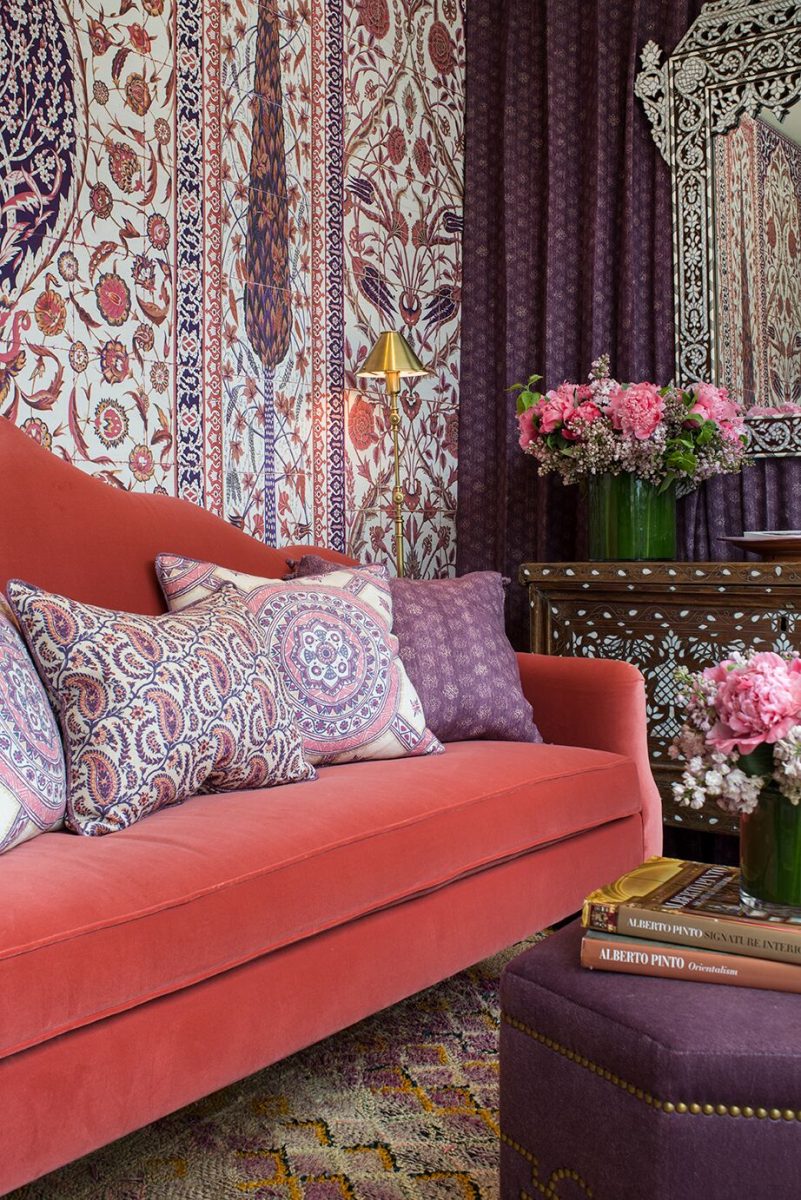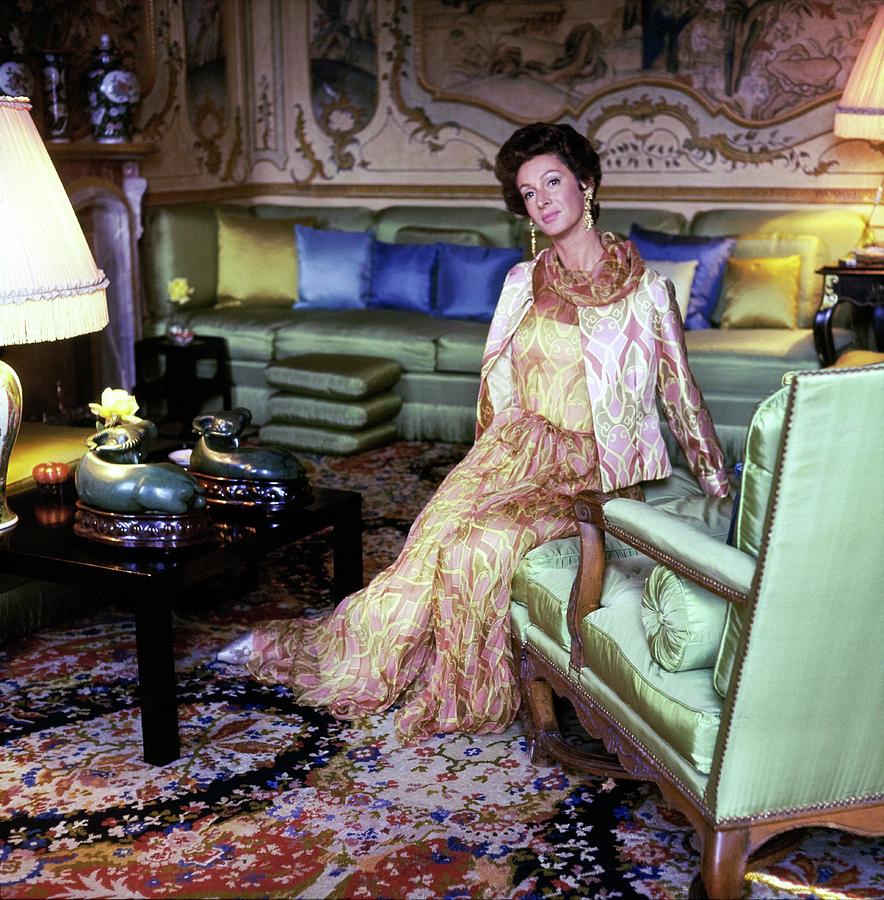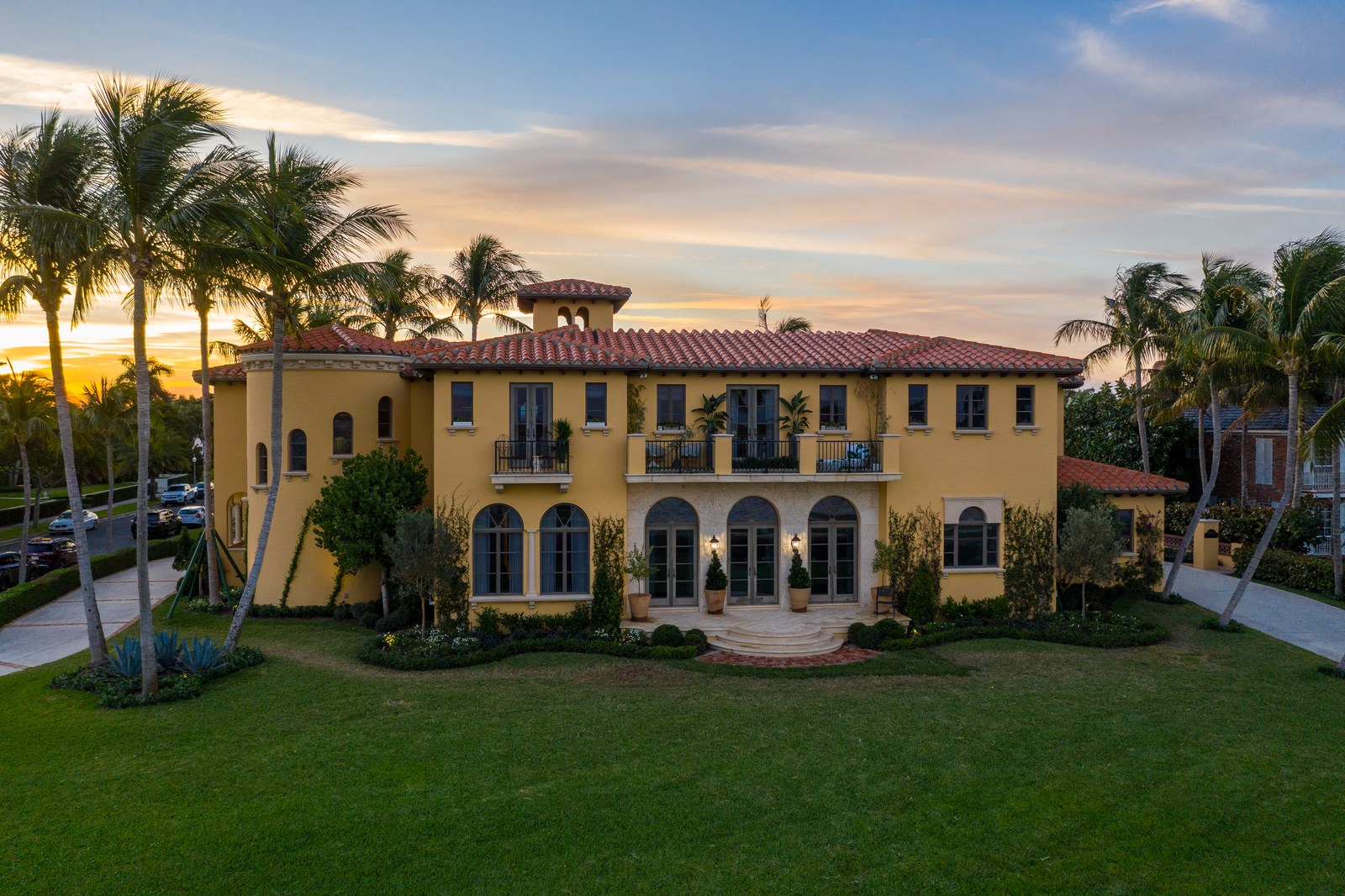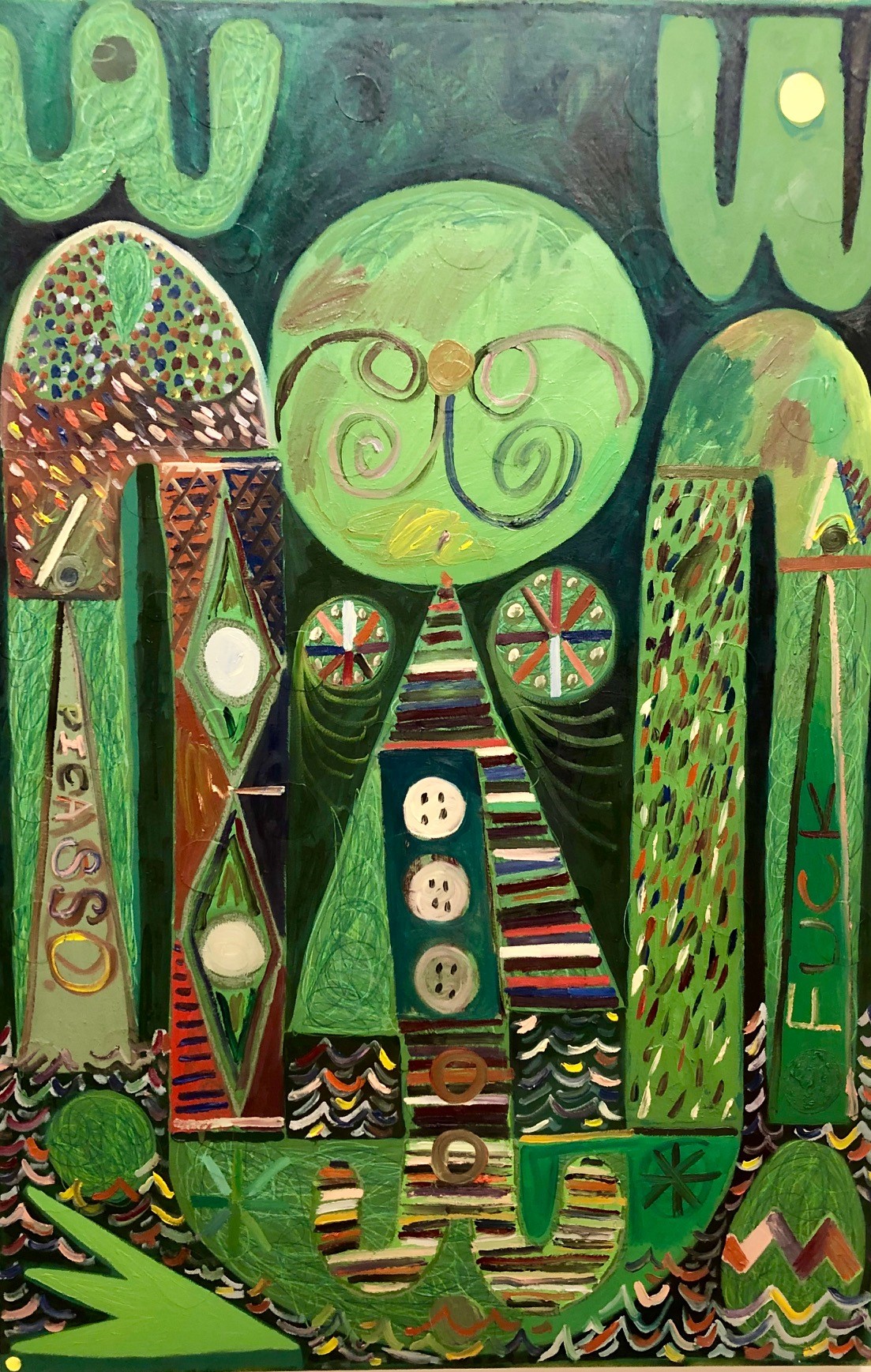“Willis’s fresh eye came along to rejoice in its contrast of grand sobriety, rainbow palette and subtle variations on ancient Islamic themes. His disciples are legion, and echoes of his lively vision can still be found everywhere in his adopted country.” -Christopher Gibbs
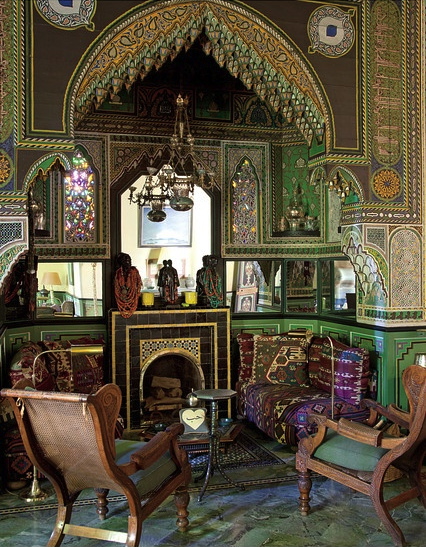
Villa Oasis, Home of Yves St. Laurent and Pierre Bergé
I became enchanted with the work of interior designer Bill Willis after a magical trip to Marrakech last September. Click here to read about our amazing Moroccan adventure. I was blown away by the interiors we saw and even more shocked to discover these places halfway around the world had been designed by a fellow Southerner. Referred to as the “Magician from Memphis,” the unknown decorator was responsible for saving Moroccan craftsmanship from extinction in the 1960s. His legendary talent attracted clients that included the Gettys, Rothschilds, Agnellis, and Yves St. Laurent and Pierre Bergé. His jet set hedonistic lifestyle was not for the faint of heart. Marian McEvoy wrote in her foreword to the book Bill Willis, “A man who liked to party until dawn, Bill was happy to settle down in a place where dinner started after nine o’clock and breakfast meetings and pre-dawn gym workouts did not exist.”
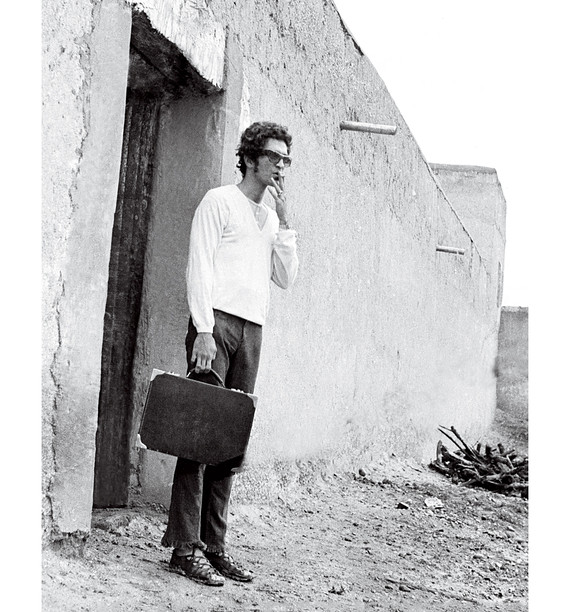
A MAGICIAN FROM MEMPHIS / BY CHRISTOPHER GIBBS / THE WALL STREET JOURNAL
Sometimes the survival of ancient skills hangs by a frail thread, springing to new life through the passions of one person whose vision inspires a surge of creativity. Such was the case with Bill Willis, Memphis-born and a longtime fixture of the sacred yet seamy quarter of Sidi Bel Abbes near the heart of the Marrakech medina. Morocco had almost forgotten its indigenous architectural and design history, until Willis’s fresh eye came along to rejoice in its contrast of grand sobriety, rainbow palette and subtle variations on ancient Islamic themes. His disciples are legion, and echoes of his lively vision can still be found everywhere in his adopted country.
Willis had arrived in Morocco in the mid-1960s after an adventurous decade that took him from the Stella Adler school in New York to England, then to Rome, where he opened an antique shop near the Spanish Steps that dazzled for a moment. Wildly handsome in a green-eyed shock-haired Irish fashion, Willis was orphaned before he turned 20 and blew his inheritance on a jaunt to Europe sampling every hedonistic rapture he could discover before his self-imposed exile to Tangier in 1966. In the following spring, his newly married friends, Talitha and J. Paul Getty Jr., arrived from Rome and swept him off to Marrakech—virgin territory for all of them.
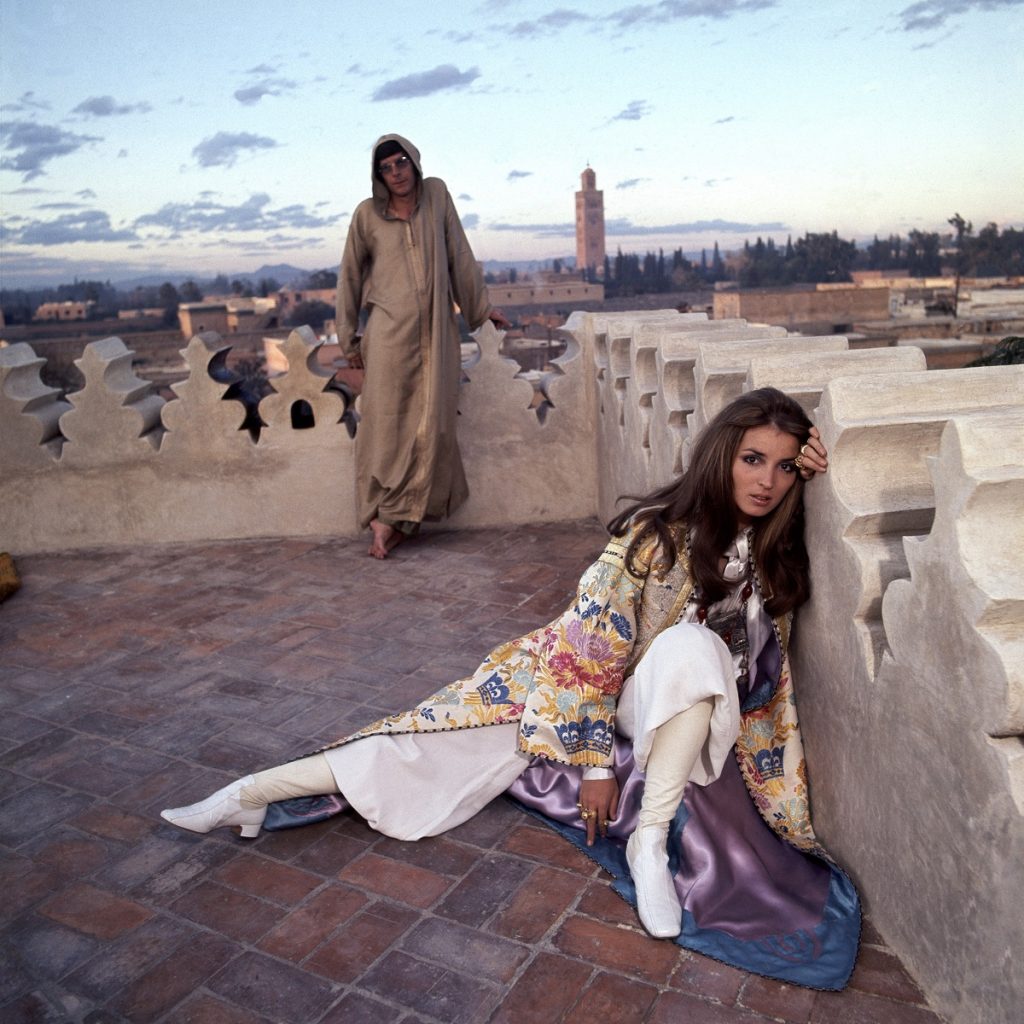
The Gettys on the roof of Palais de Zahia
The incomparable beauty of the city’s setting, with great palm groves to the north and the curtain of snow-capped High Atlas to the south, ravished the three friends as they searched for a holiday retreat. They eventually settled on the Palais du Zahir in the quarter of Sidi Mimoun, near the city’s rosy southern ramparts, purchased from its exiled French owner for about 10 thousand dollars. Willis, who had already decorated the Gettys’ apartment in Rome, was commissioned to reawaken this sleeping beauty.

He felt instantly at home in Marrakech, exploring its dusty alleys, unearthing subtle evidence of its ancient culture and discovering craftsmen still working with skills harking back to its medieval past. One maalem (or master craftsman), in particular, opened many doors for the decorator: Ma’alem Houman, who was skilled in the brickwork and tadelakt (a glazed plaster mixed with pigment and soap) that Willis brought out of the hammam (or bathhouse) and into Moorish interiors. Houman would introduce Willis to masters of other crafts, including zellige (glazed tile mosaic), gebs (carved and incised white plaster) and mashrabiya (intricately carved cedar for pierced screens). Not all were local. For centuries, silver-bearded turbaned craftsmen from Fez and Meknes had been coming to work in the ancient mosques and palaces of Marrakech, instructing sloe-eyed youths in their arts.
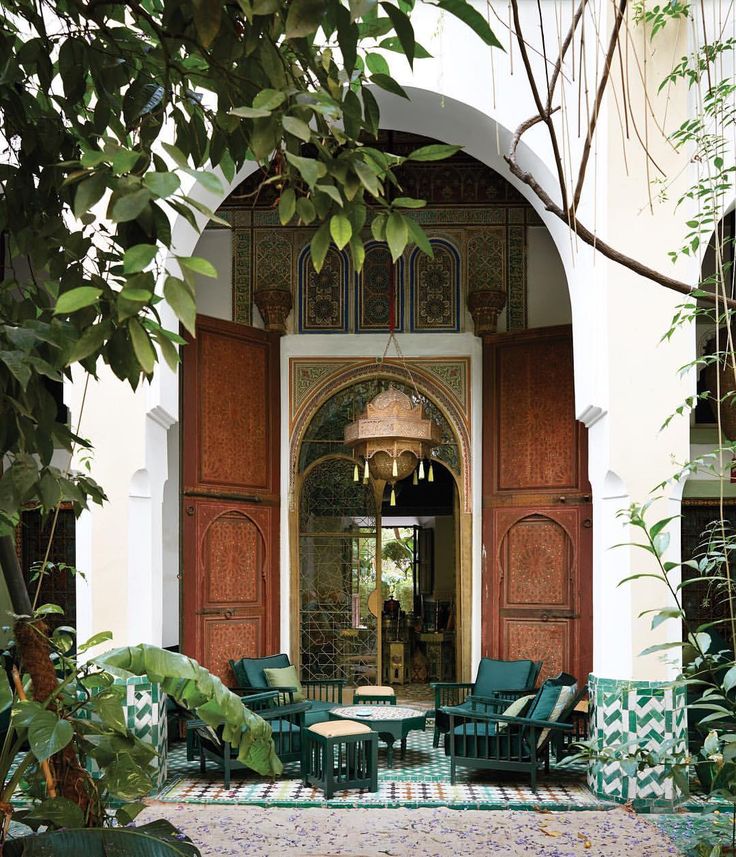
Palais de Zahia, Home of the Gettys
Willis soon discovered Jean Gallotti and Albert Laprade’s Le Jardin et la Maison Arabes au Maroc, a magnificent book featuring Lucien Vogel’s photographs of the finest work from the ’20s and line drawings clarifying, with great precision, the techniques used—naming, for example, each tiny shape that creates the great sunburst of zellige. The Gettys’ palace, with its four courtyards, ancient harem and great green-glazed garden court, still retained much of its 19th-century grandeur, as well as decorative traces from the ’20s and ’30s. Thus, learning a new design language, Willis worked his spell, knitting everything together with confidence, subtlety and gaiety.
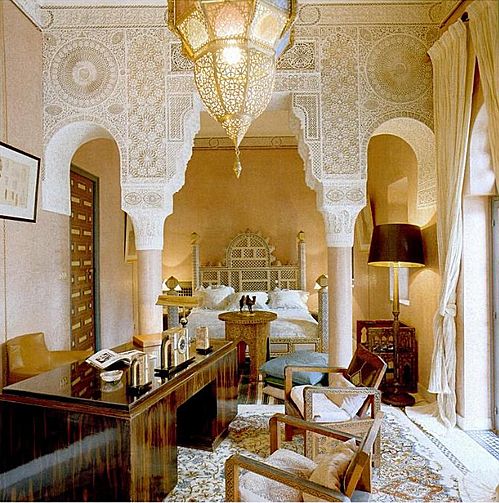
Palais de Zahia, Home of the Gettys
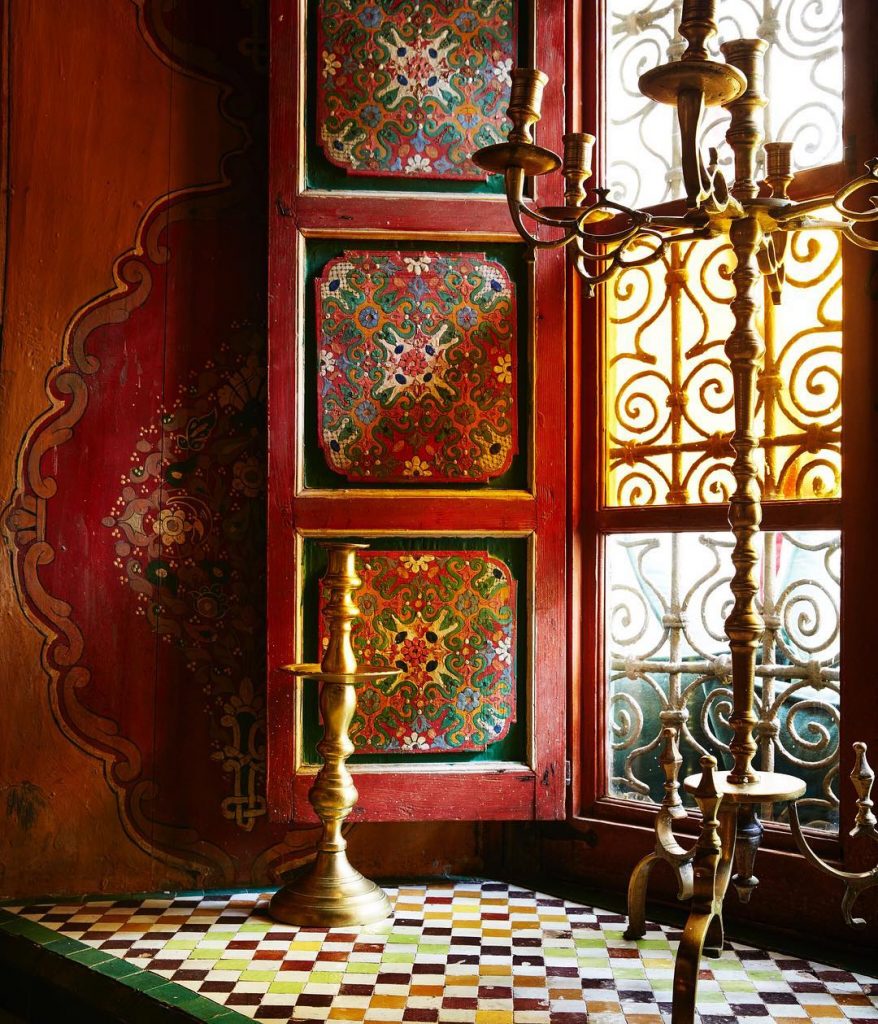
Palais de Zahia, Home of the Gettys
The Gettys’ place sprung to life as Gore Vidal, Marianne Faithful, Michelangelo Antonioni, Dado Ruspoli, the Rolling Stones and Lords Warwick and Lichfield visited to bask in its sudden refreshment. Others, simultaneously drawn to this city of the plain, were soon lured by Willis and the Gettys from their medina hideaways to Sidi Mimoun, enticed not only by the charms of its inhabitants, but by the grace, wit and sparkle of Willis’s décor, which became swiftly legendary. Among the very first were Yves Saint Laurent and Pierre Bergé, who sensed instantly that here was an artist of exceptional gifts and imagination. They were to become his most constant, loyal, supportive and creative clients—mentors and friends as well—working with him for over 40 years as they transformed their own kingdom around the Jardin Majorelle.
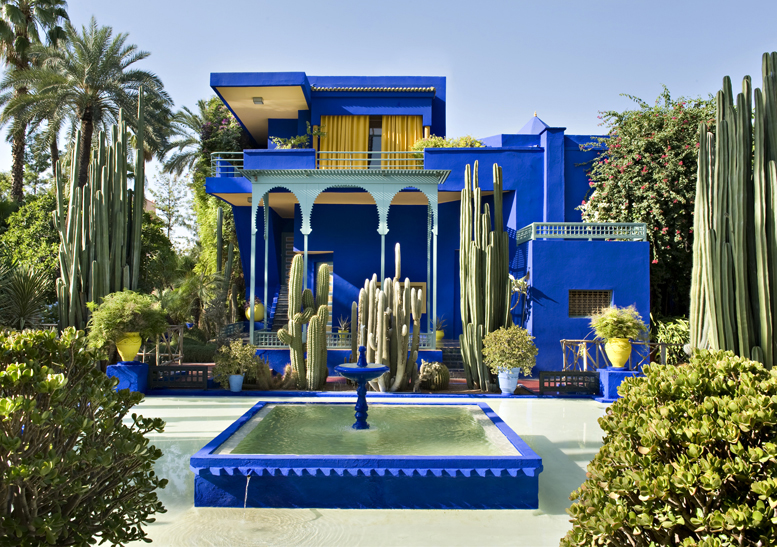
Jardin Marjorelle
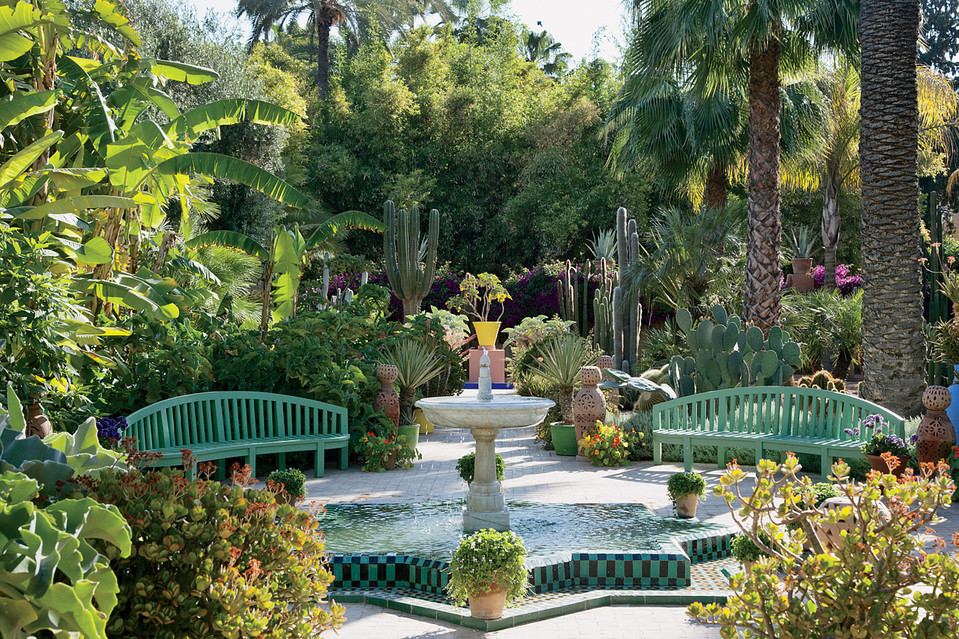
Jardin Marjorelle
Saint Laurent and Bergé had discovered their rundown corner of paradise soon after their arrival. The painter Jacques Majorelle had lived in Marrakech for more than 40 years until his death in 1962. Like his father, he was interested in decoration, but his great skill and passion was gardening, and here he created a garden with noble collections of palms, bamboo and cacti.
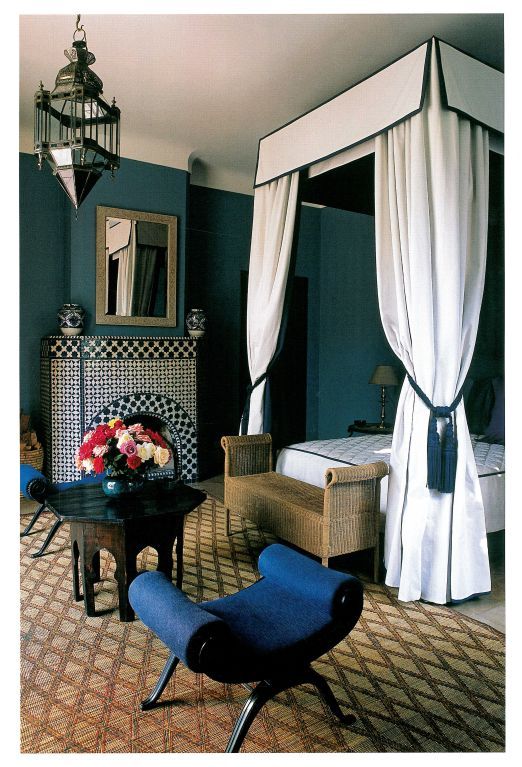
Dar es Saada
At first they bought Dar es Saada, a modest, neglected house next door to Majorelle’s garden where Willis helped them make a holiday retreat with rooms for guests—simple, elegant, cool and welcoming. Later, in the early ’80s, they bought the much larger Villa Oasis—Majorelle’s own house—and, with Willis editing, enriching and echoing earlier work, created the richly wrought pleasure dome that became their home (Dar es Saada was converted to a guesthouse). From the marbled central hall, with its raised platform for musicians, rooms flow: on the right, the wondrous library and bedroom; on the left, the salon vert—its ceiling green and white; the salon bleu, with its shimmering fireplace and paintings by F.L. Schmied and Boutet de Monvel; a small dining room with bold flowering panels and a deep-scarlet steeply beamed ceiling; and out to the garden and the green-roofed pavilion that seems to float above the pools of water lilies.
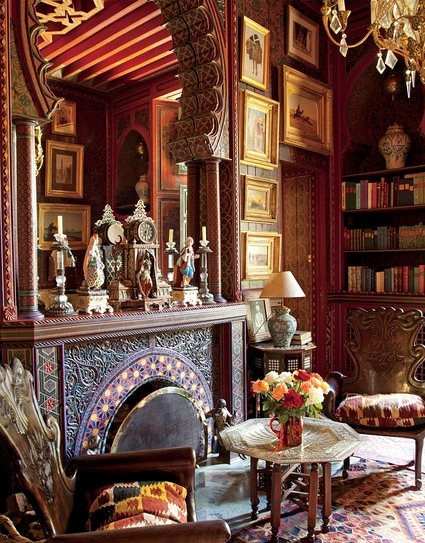
Villa Oasis, Home of Yves St. Laurent and Pierre Bergé
Everywhere the rich repertory of Moorish decoration is celebrated, using a surprising palette that at times echoes the freshness and gaiety of the surrounding garden; at other times—as in the ravishing library—applies more sombre, mysterious, crepuscular tones. Many people contributed to this astonishing creation—Jacques Grange to the furnishing; Messieurs Dominique and Filloucat, both of Marrakech, to the woodwork and the painting, respectively—but it was always Willis who interpreted, with boundless verve and imagination, the yearnings of his more fastidious, most favored and like-minded clients. This secret, beautiful world, consisting of two private houses and the public Jardin Majorelle, has been saved from extinction by the Foundation Jardin Majorelle, run by garden designer Madison Cox, Bergé’s longtime friend and restorer of their gardens.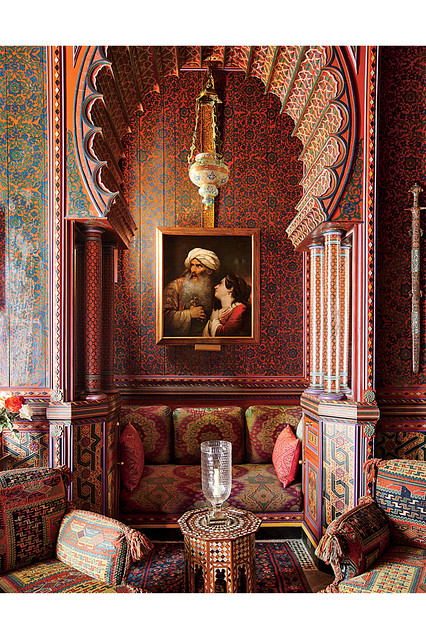 Villa Oasis, Home of Yves St. Laurent and Pierre Bergé
Villa Oasis, Home of Yves St. Laurent and Pierre Bergé
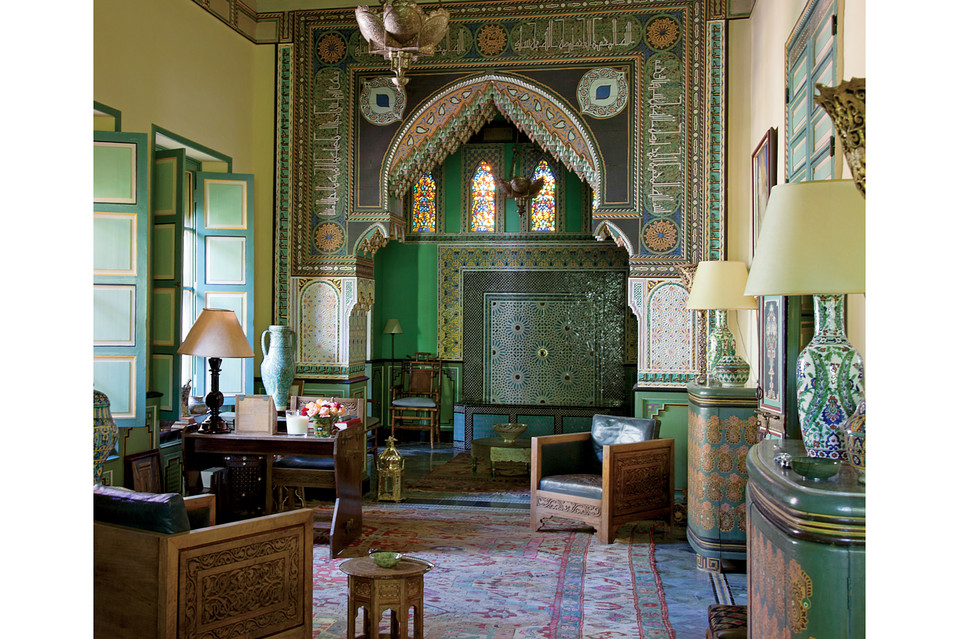
Villa Oasis, Home of Yves St. Laurent and Pierre Bergé
Villa Oasis, Home of Yves St. Laurent and Pierre Bergé
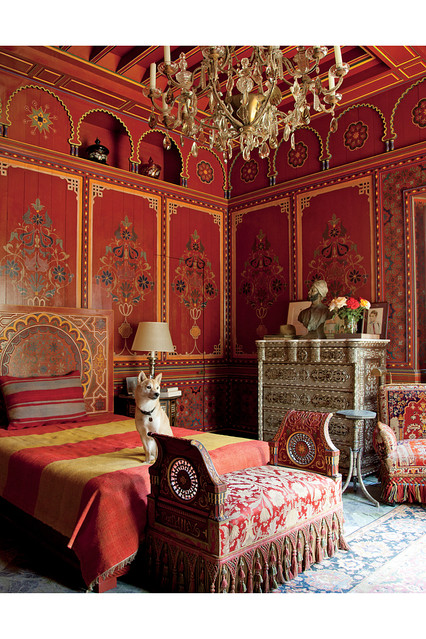 Villa Oasis, Home of Yves St. Laurent and Pierre Bergé
Villa Oasis, Home of Yves St. Laurent and Pierre Bergé
Willis was capable of working in many veins. In his own home (Dar Noujoum)—a fragment of a medina palace, its great room with a high-painted dome overlooking a desolate graveyard—his use of marble and zellige was spare. Elegantly detailed brickwork, tadelakt and painted wood boldly articulating the architecture were his private pleasures. He lived among fragments of antiquity and talismanic objects from primitive cultures, creating a setting for him alone—not especially comfortable for visitors, although he was an exemplary host, serving delicious food rather later in the day than most. Early in his Marrakech career, he built a little jewel of a house at Sidi Mimoun—all brick, at once graceful and robust. If you follow the western wall of the king’s new palace, just past the Gettys’ house (which is now owned by Bernard-Henri Lévy and his wife, Arielle Dombasle), there it is, unchanged, at least outwardly. The interior was exquisite, and hopefully remains so.
Dar Noujoum, Home of Bill Willis
Dar Noujoum, Home of Bill Willis
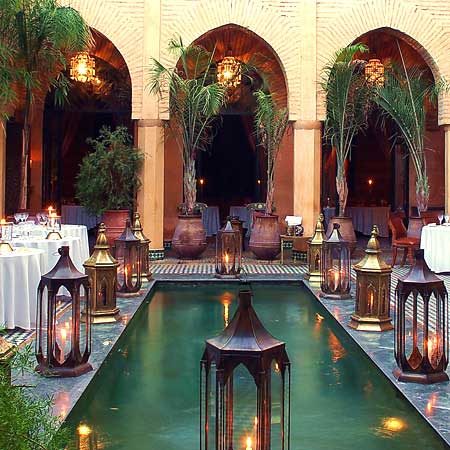
Dar Yacout
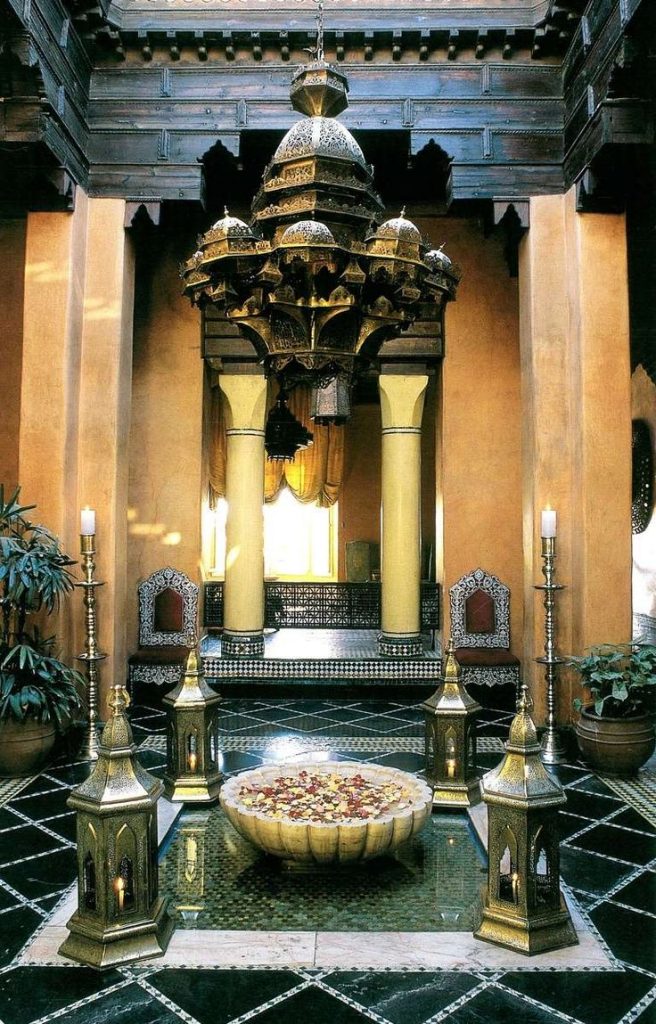
Dar Yacout
Willis was not enthusiastic about the concept of “progress.” He found it coarsening, unappealing and preferred the city as he remembered it. So, as life rolled on, he spent more time at home listening to opera and watching tennis. He was not grieved that so many of his ideas had been hijacked by far less gifted architects and soi-disant designers, nor did he trumpet the truth that so much happening in modern Moroccan architecture and decoration had once flowed from his pen and his head of wild curls. Time and Jack Daniels took their toll, and he left home less and less. His interment in Marrakech’s Christian cemetery (where he lies in the company of old drinking companions) was attended by several dignified Moroccan men representing the guilds of the city’s craftsmen and builders. They came to show their respect and to honor the memory of someone who came from far away and made an extraordinary contribution to their work and livelihood.
François and Betty Catroux, Bill Willis, Yves St. Laurent, Pierre Berge
